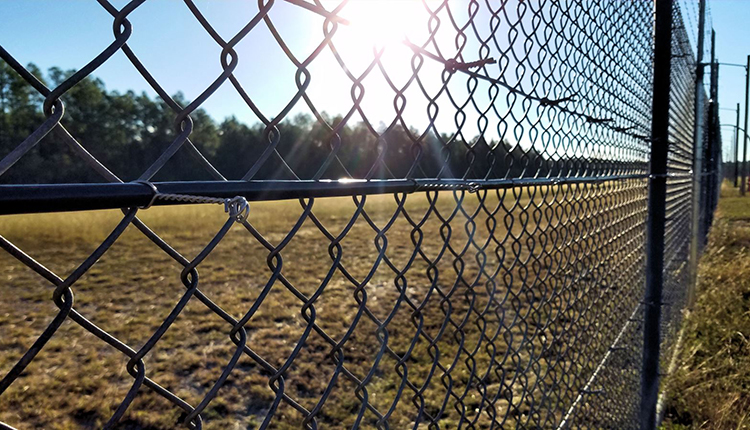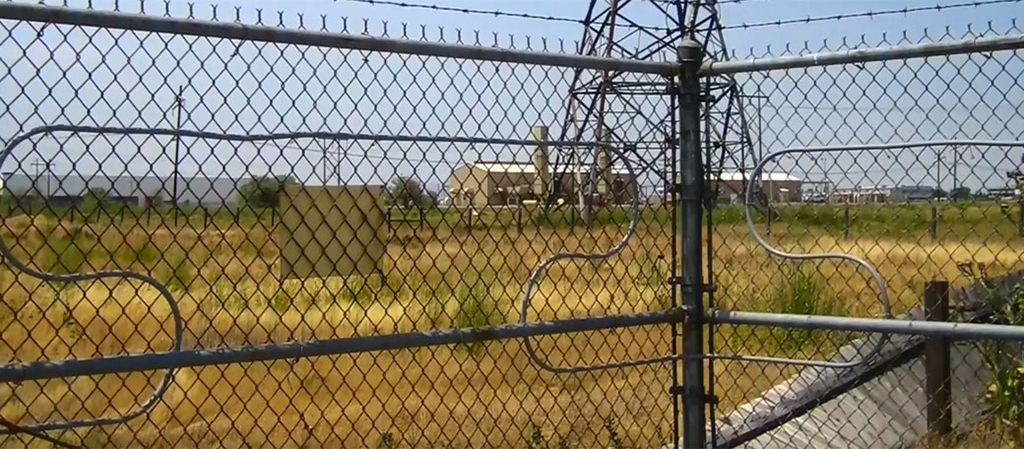Reasons to Choose a Fiber Optic Security System for Commercial Security Applications
Wiki Article
Enhance Your Safety With Advanced Fiber Optic Security Solutions
In an age where safety and security is vital, sophisticated fiber optic protection systems offer a compelling remedy for enhancing safety and security throughout numerous atmospheres. These systems not only boast exceptional bandwidth and speed for high-resolution monitoring but also use exceptional resilience against outside interferences. As companies progressively seek reputable means to secure their possessions, the assimilation of innovative modern technologies like AI and IoT within fiber optic structures elevates vital inquiries concerning their performance contrasted to typical systems. What implications do these advancements hold for future security steps?Advantages of Fiber Optic Safety And Security
Using the advantages of fiber optic technology dramatically boosts security systems throughout various applications. Among the main benefits is the enhanced data transfer capacity, enabling the transmission of huge quantities of information at broadband. This is particularly essential for real-time video clip surveillance, where high-resolution feeds can be sent out without latency, ensuring immediate response capacities.Furthermore, fiber optics exhibit remarkable resistance to electro-magnetic interference, which is important in settings with prospective signal interruptions. This integrity ensures constant efficiency in critical safety procedures. Moreover, fiber optic cables are less prone to touching and unapproved access compared to typical copper wiring, therefore boosting information stability and privacy.
Another significant advantage is the resilience of fiber optic systems; they are extra resistant to ecological factors such as wetness, temperature level fluctuations, and destructive compounds. This strength translates to reduce upkeep prices and longer lifespans for safety and security installments.
Last but not least, the lightweight nature of fiber optic cable televisions assists in less complicated installation and directing, specifically in intricate infrastructures (fiber optic security system). Eventually, the assimilation of fiber optic modern technology into security systems not just strengthens protection measures however likewise maximizes functional efficiency
Key Functions to Take Into Consideration
When reviewing fiber optic security systems, several essential functions should be thought about to make certain optimum efficiency and performance. First, assess the system's detection range and sensitivity; a considerable array permits for monitoring large areas, while high sensitivity ensures that also small disruptions are identified without delay.Following, take into consideration the combination capacities of the system. A fiber optic safety system must flawlessly user interface with existing safety procedures such as video cameras and alarm systems, producing a cohesive protection network.
Toughness and environmental resistance are additionally important features. Make certain that the system is created to endure harsh climate problems and prospective physical threats, as this will certainly prolong its operational life expectancy.

Finally, look right into the scalability of the system. A robust fiber optic safety system should be easily expandable to accommodate future demands without considerable overhauls. By carefully taking into consideration these features, you can select a fiber optic security option that enhances security and security in your atmosphere.
Installation Process Review
To successfully carry out a fiber optic safety and security system, an organized installation procedure is essential. This procedure starts with an extensive website analysis to identify the certain security requirements and to recognize optimum locations for fiber optic cords and protection devices. Following this evaluation, the installment team will certainly create a comprehensive plan, consisting of wire pathways, required tools, and conformity with neighborhood regulations.Next, the setup includes laying the fiber optic wires, guaranteeing they are protected from fiber optics infrastructure for security installations environmental elements and physical damages. Appropriate handling strategies are essential, as fiber optic cables are sensitive and can be easily damaged. After the cabling is set up, ports and terminations are thoroughly finished to make sure signal honesty.
The succeeding phase is composed of mounting safety devices such as cameras, activity detectors, and security system, all integrated with the fiber optic network. Strenuous testing is conducted to validate that all elements are functioning appropriately and to make sure optimal efficiency.

Comparing Fiber Optic to Traditional Equipments
The advancement of safety innovation has resulted in significant advancements in the comparison between fiber optic systems and traditional copper-based systems. Fiber optic systems utilize light to transmit information, using exceptional data transfer and speed compared to their copper counterparts. This causes boosted information transmission abilities, making fiber optics excellent for high-resolution video clip surveillance and real-time monitoring.Additionally, fiber optic wires are resistant to electromagnetic disturbance, decreasing the likelihood of signal destruction triggered by outside factors. This particular guarantees consistent efficiency, even in challenging settings. On the other hand, standard copper systems are much more at risk to interference, leading to possible vulnerabilities in protection applications.
Longevity is one more advantage of fiber optic systems. They are much less prone to damage from ecological factors such as wetness and temperature level fluctuations, which can jeopardize copper circuitry. In addition, fiber optics are lighter and thinner, permitting easier installation and reduced physical footprint.
Nevertheless, typical systems tend to have lower preliminary prices, making them eye-catching for budget-conscious projects. While fiber optic systems may need a greater ahead of time financial investment, their long-term benefits-- such as lower maintenance expenses and better integrity-- frequently exceed the preliminary cost, placing them as a premium choice for modern safety and security requirements.
Future Patterns in Safety Innovation
Arising patterns in safety modern technology are positioned to change the landscape of security and hazard discovery - fiber optic security system. As companies significantly deal with advanced dangers, advancements such as expert system (AI) and maker understanding (ML) are becoming important to safety and security systems. These modern technologies enhance the capacity of fiber optic systems by enabling real-time information evaluation, identifying anomalies, and automating actions to potential violationsAdditionally, the assimilation of the Internet of Things (IoT) is reinventing safety and security frameworks. IoT tools can offer extensive situational recognition and help with seamless interaction between various protection components. This interconnectedness permits a lot more efficient monitoring and faster occurrence response times.
Biometric verification is also gaining momentum, providing a greater level of safety with unique physical attributes. As this innovation develops, it is likely to be integrated right into fiber optic systems for enhanced access control.
Verdict
To conclude, advanced fiber optic protection systems stand for a substantial advancement in security and security technology. Their premium bandwidth, resistance to disturbance, and resilience help with reputable surveillance and information integrity. As these systems incorporate AI and IoT capabilities, they enhance the overall security framework, ensuring durable protection for assets. The change from typical systems to fiber optic remedies reflects an expanding trend in the direction of extra reliable and efficient safety measures in an increasingly complex technological landscape.Report this wiki page